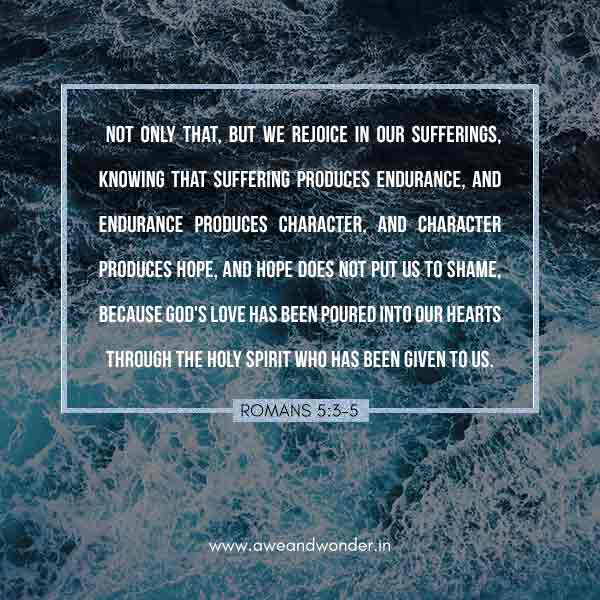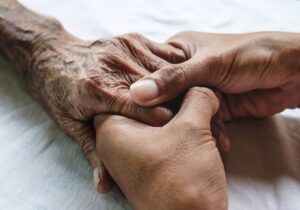“Later that day I visited Sadan, another of Brand’s former patients. He looked like a miniature version of Gandhi: skinny, balding perched cross-legged on the edge of a bed. In a high-pitched, singsong voice, he told me wrenching stories of past rejection: the classmates who made fun of him in school, the driver who kicked him – literally, with his shoe – off a public bus, the many employers who refused to hire him despite his training and talent, the hospitals that turned him away.
“When I got to Vellore, I spent the night on the Brands’ verandah, because I had nowhere else to go,” said Sadan. “That was unheard of for a person with leprosy back then. I can still remember when Dr. Brand took my infected ulcerated feet in his hands. I had been to many doctors. A few had examined my hands and feet from a distance, but Dr. Brand and his wife were the first medical workers who dared to touch me. I had nearly forgotten what human touch felt like.”
Sadan then recounted the elaborate sequence of medical procedures – tendon transfers, nerve strippings, toe amputations, and cataract removal – performed by Dr. Brand and his ophthalmologist wife. He spoke for half an hour. His past life was a catalogue of human suffering. But as we sipped our last cup of tea in his home, just before leaving to catch a plane to England, Sadan made this astonishing statement:
“Still, I must say that I am happy that I had this disease.”
“Happy?” I asked, incredulous.
“Yes,” replied Sadan. “Apart from leprosy, I would have been a normal man with a normal family, chasing wealth and a higher position in society. I would never have known such wonderful people as Dr. Paul and Dr. Margaret, and I would never have known the God who lives in them.”
– Philip Yancey, Finding God in Unexpected Places







